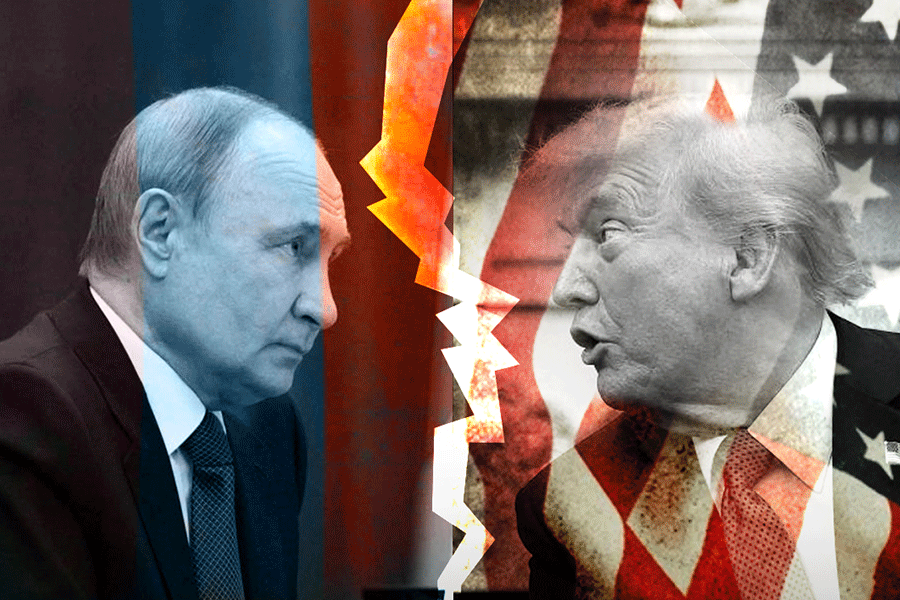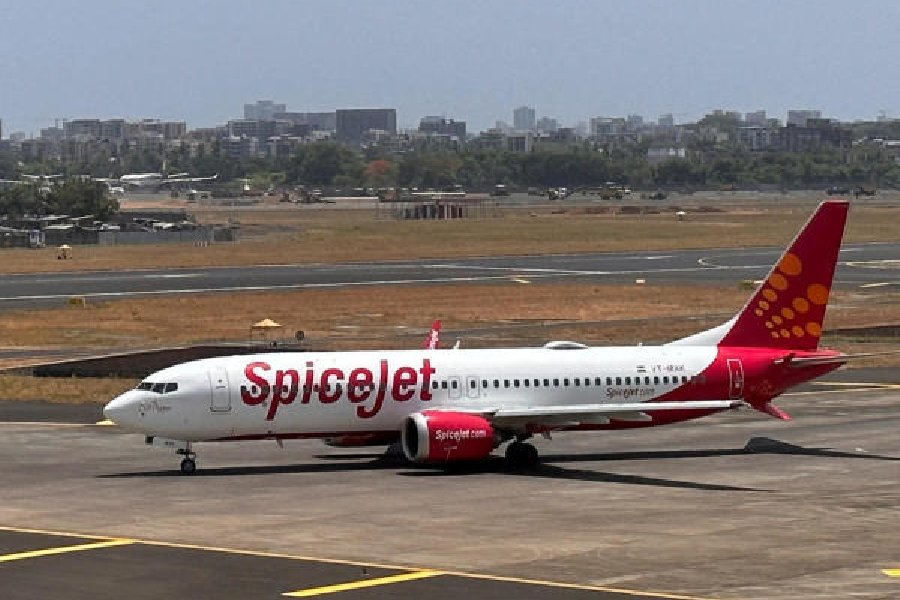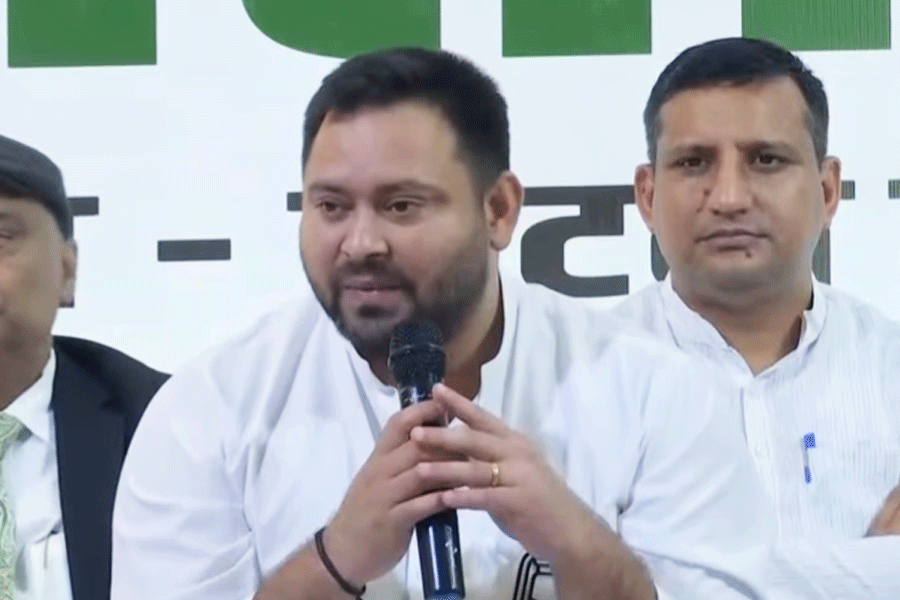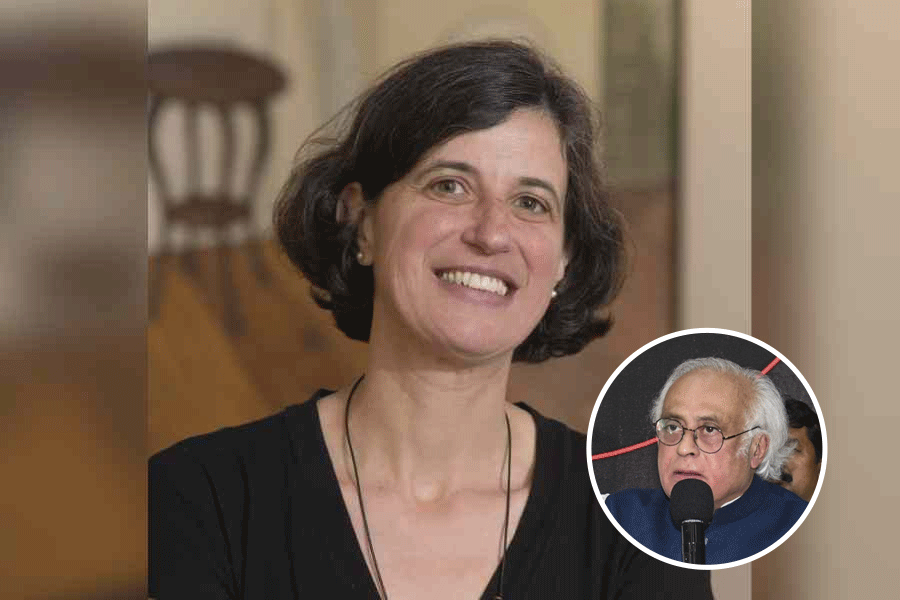
Shining, good looking king - that is what Nursultan Nazarbayev means. It is not far from what he has been - he became prime minister of Kazakhstan in 1984, and its president in 1990. He has been re-elected president every five years since then. So, unsurprisingly, the university he set up in Astana in 2010 was named Nazarbayev University. When the president of China, Xi Jinping, visited him in September 2013, he organized a convocation and awarded Xi an honorary degree. Xi reciprocated; in his convocation speech, he promised the creation of the Silk Road Economic Belt and a 21st-century maritime silk road. He harked back to the discovery of the Silk Road in 134 BC by Zhang Qian, an officer of the emperor, Wu, of Han Dynasty. Wu was having trouble with the Xiongnu tribe in the west; he wanted Zhang to go further west and make an alliance with the Yuezhi, as the Tajiks were then called.
On the way, Zhang was captured and enslaved by the Xiongnu. He fell in love with a Xiongnu girl and married her. After 10 years in captivity, he escaped and went west. He spent a year in Tajikistan and Bactria. He was captured by the Xiongnu on his way back too, but they let him off since he was their son-in-law. He went back and reported to the emperor about the western lands of Kangju, Dayuan, Daxia, Anxi and Shengdu (today's Sogdiana, Ferghana, which was Yawan or Greek, Bactria, Iran and India - Sindhu - respectively). About Shengdu he wrote, "The region is said to be hot and damp. The inhabitants ride elephants when they go into battle. The kingdom is situated on a great river."
In February 2014, Xi met Vladimir Putin and briefed him; the Russian Euro-Asian railway line was to be incorporated into the Silk Road belt. In March, Xi proposed two economic corridors - one encompassing India, Bangladesh and Burma, and another running from Kazakhstan across Pakistan to Gwadar port in Balochistan. In November, China allocated $40 billion to Silk Road initiative. In March 2015, China's National Development and Reform Commission published a white paper entitled "Vision and Actions on Jointly Building Silk Road Economic Belt and 21st-Century Maritime Silk Road". It defines the geographical scope as follows:
"The Silk Road Economic Belt focuses on bringing together China, Central Asia, Russia and Europe (the Baltic); linking China with the Persian Gulf and the Mediterranean Sea through Central Asia and West Asia; and connecting China with Southeast Asia, South Asia and the Indian Ocean. The 21st-Century Maritime Silk Road is designed to go from China's coast to Europe through the South China Sea and the Indian Ocean in one route, and from China's coast through the South China Sea to the South Pacific in the other.
"On land, the Initiative will focus on jointly building a new Eurasian Land Bridge and developing China-Mongolia-Russia, China-Central Asia-West Asia and China-Indochina Peninsula economic corridors... At sea, the Initiative will focus on jointly building smooth, secure and efficient transport routes connecting major sea ports along the Belt and Road. The China-Pakistan Economic Corridor and the Bangladesh-China-India-Myanmar Economic Corridor are closely related to the Belt and Road Initiative, and therefore require closer cooperation and greater progress."
The only reference to India is in the context of a Bangladesh-China-India-Myanmar corridor. It envisaged road connections between Bangladesh, Myanmar and China which would cross eastern India. Pakistan is not mentioned, not because it is excluded but because the idea of China-Pakistan Economic Corridor predates Silk Road. In 1979, Pakistan built a road from Hasan Abdal, one of Akbar's retreats and home of Gurdwara Panja Sahib in west Punjab, via Islamabad and Gilgit across Khunjerab Pass, which met the road to Kashgar on China's National Highway 314. It also built a port in Gwadar in Balochistan in 2007; it is small, and attracts little traffic. Then in 2013, the then president, Asif Ali Zardari, gave a lunch to Li Keqiang in Aiwan-i-Sadr, after which they signed an agreement to construct a China-Pakistan Economic Corridor from Gwadar to central Asia. So instead of going down Punjab and Sind to Karachi, which has a good port but is also the home of internecine war between Mohajirs, Pakhtuns and Balochis, China got a virgin port in Balochistan.
It is not the only one. Till now, China has bought 14 ports and planned to invest in another 25, stretching along three routes: from Melbourne in Australia across Southeast and West Asia to East Africa, across the Mediterranean to Western Europe, and along the west coast of North and South America. It is also exploring the development of the Arctic route from China to Europe along the north coast of Russia and Norway.
In May 2017, China called a conference on OBOR in Peking; 29 heads of state and representatives of 130 countries turned up. The speech of the president, Xi Jinping, at the conference is revealing. Building up transport routes across land and sea is only a part of China's project. The initiative is much broader. China will make cooperation agreements with countries along OBOR in transport, infrastructure and energy, and will aim to harmonize telecommunications, customs and quarantine inspection, industrial investment, e-commerce, marine and green economy, and railways. China will not subsidize the projects, but will give loans to partner countries and help them get loans from international institutions. It will make free trade agreements with them. It will invest in innovation and involve partner countries in it. It will form a coalition for green development, and help partner countries adapt to climate change. It will give them food aid and finance poverty alleviation and healthcare.
In other words, China aims to integrate the economies of its partner countries, bring them closer, and accelerate their development. China, India and many other countries have tried out planning; now China wants to extend planned, coordinated development to countries stretching from Australia to Europe and Africa along the land and sea axes. Not all the countries in which China has made maritime investments are enthusiastic about them; but all have gone along.
Except India. It refused to send anyone to the OBOR conference in May 2017. The external affairs ministry issued a statement ending with the following words: "No country can accept a project that ignores its core concerns on sovereignty and territorial integrity." This cryptic sentence means that India dislikes CEPC, which passes through the part of Kashmir claimed by India and occupied by Pakistan. Then the prime minister also went in November to the ASEAN summit in Manila, and invited the 10 heads of state there to Delhi for Republic Day celebrations on January 26.
These stated reservations about OBOR, this camaraderie with Southeast Asians: can they have any influence on China's global strategy? None. Is India capable of removing Pakistan from the part of Kashmir it occupies? No. Does India have anything to offer to the 10 countries it has chosen to fraternize with? No. In that case, India's distancing itself from OBOR is pointless. It should connect up with OBOR in Kashmir and Assam, extend it to its own ports - in other words, offer China much greater opportunities than Pakistan - and generate trade, transport, tourism and development for itself.











